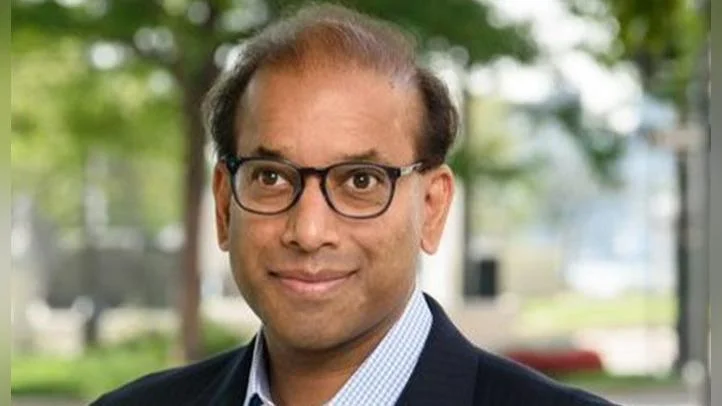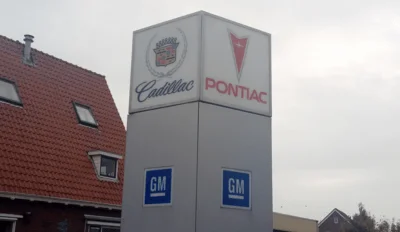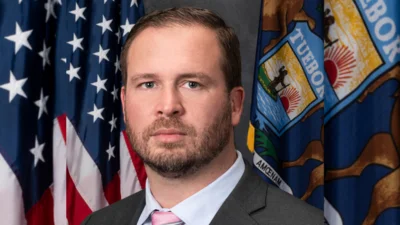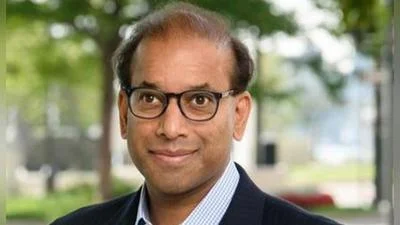Sandy K. Baruah President and Chief Executive Officer at Detroit Regional Chamber | Official website
Sandy K. Baruah President and Chief Executive Officer at Detroit Regional Chamber | Official website
The Detroit Regional Chamber continues to administer the Detroit Promise Scholarship, a program that provides tuition-free access to higher education for students living and attending school in Detroit. The initiative is part of the Chamber’s broader educational efforts through TalentEd, which aims to raise educational attainment in the region.
The origins of the scholarship date back to 1988 with the launch of the Detroit Compact, which provided tuition-free college opportunities for select Detroit students at four-year institutions. Over time, this effort expanded significantly. In 2011, then-Governor Rick Snyder asked the Chamber to develop a more inclusive scholarship program. This led to the creation of today’s Detroit Promise, launched in 2013, which now covers all students from any high school in Detroit and includes both two- and four-year college options.
Funding for the expanded program was secured through support from organizations such as the Michigan Education Excellence Foundation (MEEF), founded by Snyder, Peter Remington, and Steve Hamp. The Chamber and its partners raised resources needed for this multi-year effort.
A key development came in 2009 when statewide legislation established “Promise Zone Authorities,” allowing local governments like Detroit to dedicate new tax revenue from economic growth toward funding college promise programs. The Chamber partnered with Mayor Mike Duggan in 2016 to form the Detroit Promise Zone Authority (DPZA), aiming for full funding through tax capture mechanisms. In June 2021, DPZA made its first contribution of $1.1 million to support scholarships. As Detroit’s economy has grown, DPZA now generates enough revenue to cover all costs associated with the Promise Scholarship.
Oversight of these funds is managed by an independent board created alongside the DPZA. With increasing revenues, this board has taken on a more active role—developing strategic plans and appointing Onjila Odeneal as Chief Executive Officer in October 2025 to oversee operations and ensure broad utilization among eligible students.
"The Chamber is committed to working with the DPZA to continue to grow the Promise program, increase its effectiveness, and provide a sustainable path for young Detroiters to achieve post-high school educational attainment in perpetuity," according to a statement from program administrators.
Since its relaunch in 2013 with five community college partners, participation has grown: there are now seven community colleges and 25 four-year universities involved. The Chamber employs about 20 staff members dedicated specifically to supporting students across Detroit schools.
The scholarship operates as a “last-dollar” award—covering remaining tuition after financial aid is applied—and requires applicants to complete FAFSA forms during their college application process. Additional student support comes through initiatives like Detroit Promise Path, which assigns campus coaches at partner community colleges.
Detroit stands out as one of America’s largest cities offering such an open-access promise scholarship model for all graduates. In October 2025, College Promise—a national nonprofit—recognized these efforts by presenting the program with a National Impact Award.
Currently about 2,500 students are enrolled at participating institutions via the scholarship; over 8,000 have been served since inception as of October 2025. In that same year’s academic cycle, approximately 90% of city high school seniors registered for consideration under the program—with fall enrollment reaching an all-time high of 850 new college entrants.
Graduation rates among recipients surpass those of their city peers: For two-year institutions it is between 19% versus 14%, while at four-year schools it stands at 61% compared with 38%, based on data from cohorts starting in 2018.






 Alerts Sign-up
Alerts Sign-up